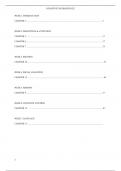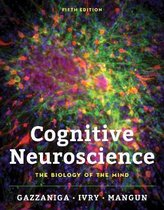Summary
Volledige samenvatting van het Boek "Cognitive Neuroscience: The Biology of the Mind" 5th edition
- Course
- Institution
- Book
Summary study book Cognitive Neuroscience of Michael S. Gazzaniga, Richard B. Ivry - ISBN: 9780393603170, Edition: 5, Year of publication: -
[Show more]




